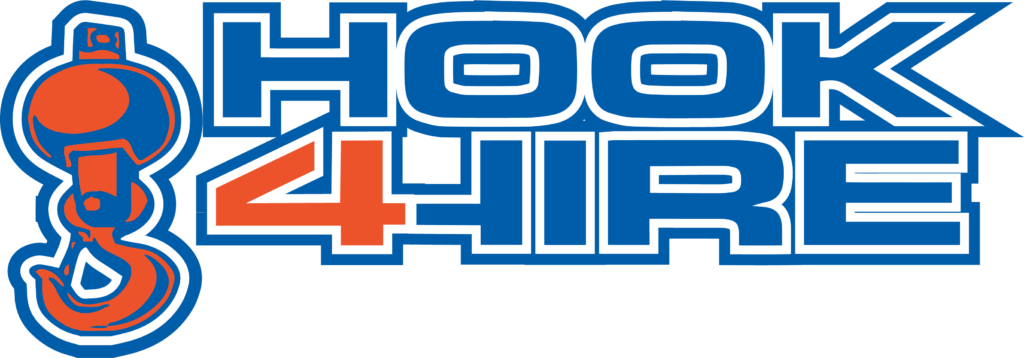Safety is paramount when working with any lifting or rigging equipment. Rigging equipment can be quite dangerous if not used properly and can cause severe injury or even death. So it is crucial to be aware of common rigging hazards and how to avoid them.
1. Failing to Inspect the Gear
When it comes to rigging, one of the most common problems is failing to inspect the gear. This can lead to serious problems down the line, including gear failure and accidents.
It’s essential to inspect all of your gear before each use and to do so carefully. Look for any signs of wear or damage, and check that all components are in good working order. If you find any problems, don’t use the gear and get it repaired or replaced as soon as possible.
It’s also a good idea to keep an eye on your gear during use and to inspect it again after each use. This way, you can catch any problems early and avoid serious accidents.
If you take the time to inspect your gear regularly, you can help avoid some serious rigging problems.
2. Improper Sling Protection
One of the most common rigging problems that can lead to serious accidents is the lack of One of the most common rigging problems that can lead to serious accidents is the lack of proper sling protection. This can happen when slings are not used correctly or when they are not properly protected from abrasion or other damage.
When slings are not used correctly, they can rub against the load, the ground, or other objects, which can wear away the sling material and eventually cause the sling to fail. Even if the sling does not fail immediately, the damage can reduce its strength and make it more likely to fail in the future.
To prevent this type of damage, it is essential to use the correct type of sling for the job and to protect the sling from abrasion. For example, when using a synthetic web sling to lift a load with sharp edges, it is essential to use a padded sleeve or other abrasion-resistant protection.
3. Not Knowing the Load
Many rigging problems can occur when working with loads, and one of the most common is not knowing the weight of the load. This can lead to incorrect rigging, resulting in severe injury or even death.
It is essential to always know the weight of the load you are working with and the weight of the rigging itself. This will allow you to calculate the rigging’s safe working load limit (SWL) and ensure that the rigging is not overloaded.
There are many ways to determine the weight of a load, such as using a weight scale or a lifting device such as a crane or forklift. If the weight is unknown, it is important to estimate it as accurately as possible.
Final Thoughts
Rigging safety is of the utmost importance when working with any type of heavy machinery. There are many potential hazards that can occur when rigging equipment, and it is crucial to be aware of these dangers. By following some simple safety guidelines, however, you can help ensure that your rigging job is completed safely and successfully.
Practice rigging safety with the help of Hook4Hire. We are a rigging equipment rental in Owensboro that is determined to assist you with any concerns that you might have. Our efficient and top-quality cranes are designed to easily cover long distances and ensure project completion within the given time. Book a job now!
